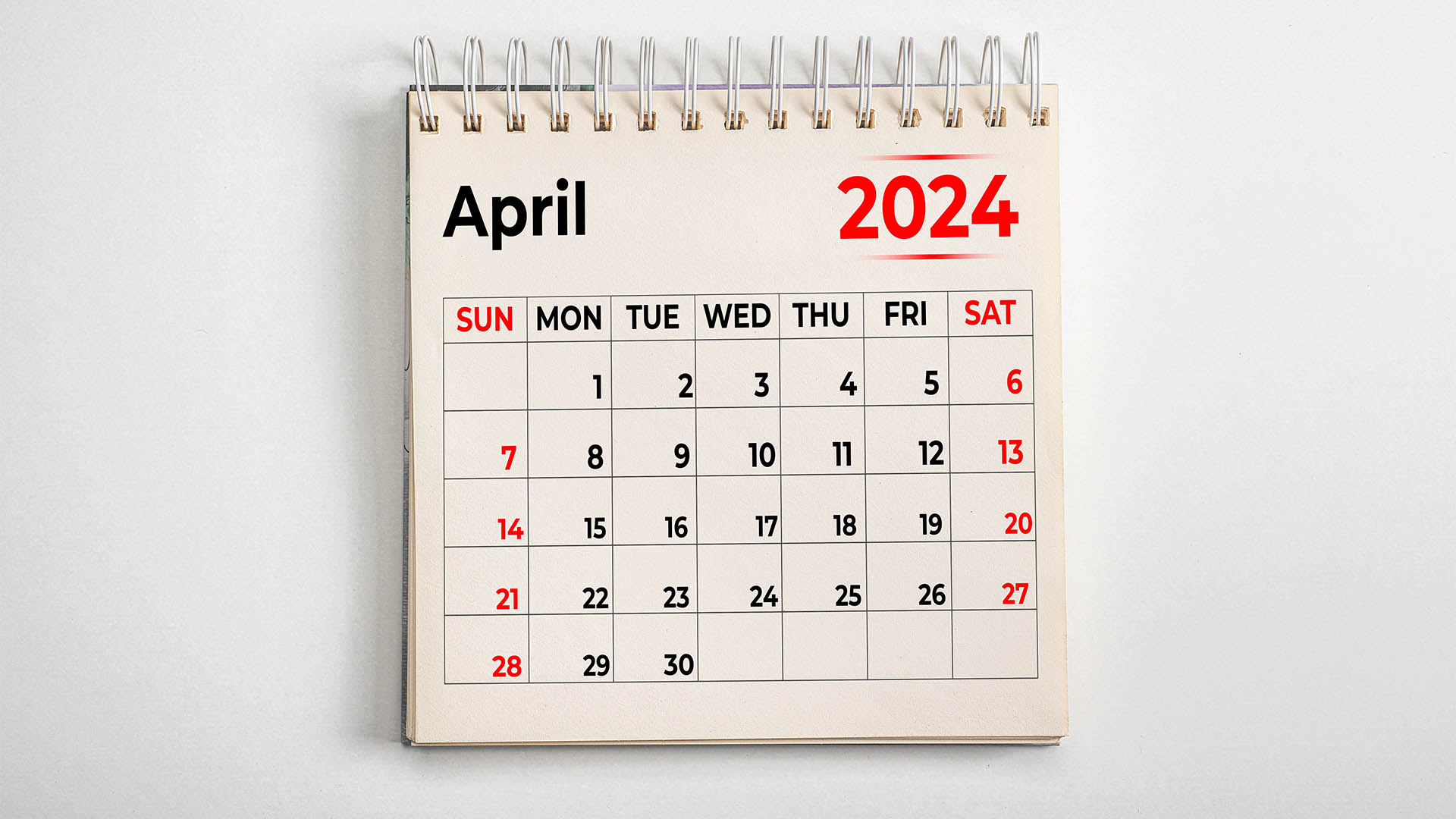US initial unemployment benefit claims remain a lower-tier economic statistic for the American economy; however, they continue to exert a larger-than-expected influence on US economic sentiment and analysis.
The weekly report is nowhere near as important as the monthly labor force report. Yet, the latest week's data, showing a sharper-than-expected fall in new claims, contradicts the accepted wisdom about the current state of employment and the overall health of the economy.
These figures are volatile, like all short-term data, and subject to frequent revisions. Nevertheless, the latest week's decline to its lowest weekly total since September 2022 certainly made economists and others sit up and wonder.
US Labor Department figures showed initial claims for state unemployment benefits dropped by 16,000 to a seasonally adjusted 187,000 for the week ending January 13. Economist surveys had forecasted 207,000 claims for the latest week.
The 16-month low suggests US job growth remains solid.
The claims report sent US bond yields higher, with the 10-year bond yield rising above 4.13%. However, the impact on Wall Street was minimal, with share prices rising after three off days. Gold bounced back, as did oil, despite the US dollar edging higher.
Reuters pointed out that "Claims data tend to be volatile at the turn of the year. The labor market is gradually easing, with employers generally reluctant to lay off workers following difficulties finding labor during and after the COVID-19 pandemic."
Economists said the claims data covered the period during which the government surveyed employers for the nonfarm payrolls component of January's employment report. Claims fell between the December and January survey period.
The continuing claims fell by 26,000 to 1.806 million during the week ending January 6, which suggests a solid demand for labor. However, these figures have been skewed by continuing accuracy problems in the wake of problems that emerged during the pandemic.
The US economy added 216,000 jobs in December compared to 173,000 in November (which was revised down from 199,000). A year ago, more than half a million new jobs were reported, so the cooling is definitely happening – the US job vacancies have also fallen, further supporting the cooling story.
The Fed's Beige Book report on Wednesday (issued ahead of the two-day meeting of the central bank starting January 31) showed that "nearly all districts cited one or more signs of a cooling labor market," including larger applicant pools, lower turnover rates, and abating wage pressures.
But it also reported that pockets of worker shortages remain, with the report also showing that "two districts continued to note a tight labor market, and several described hiring challenges for firms seeking specialty skills."














